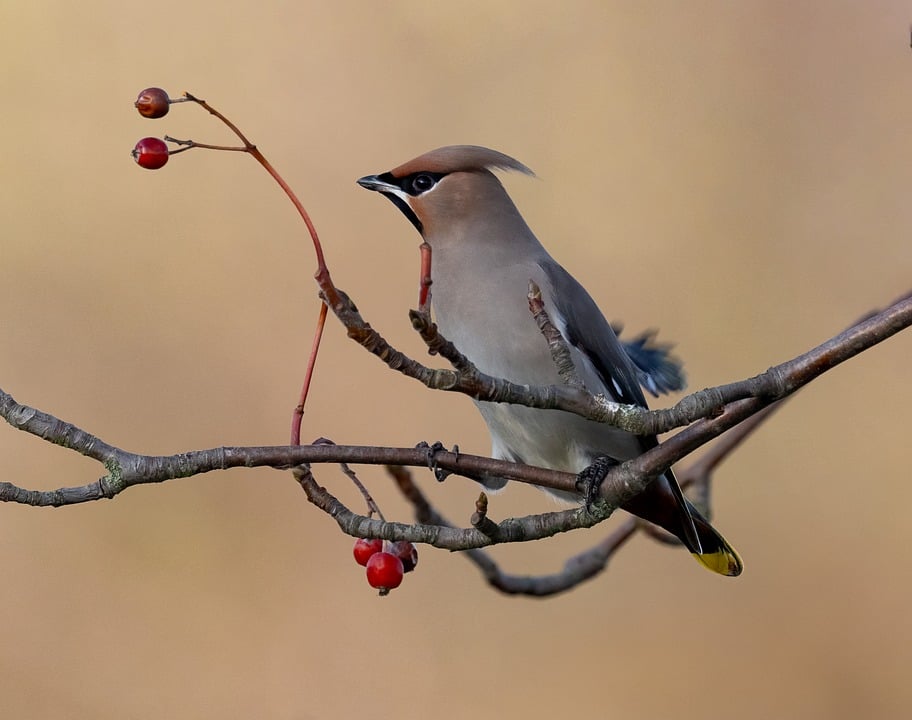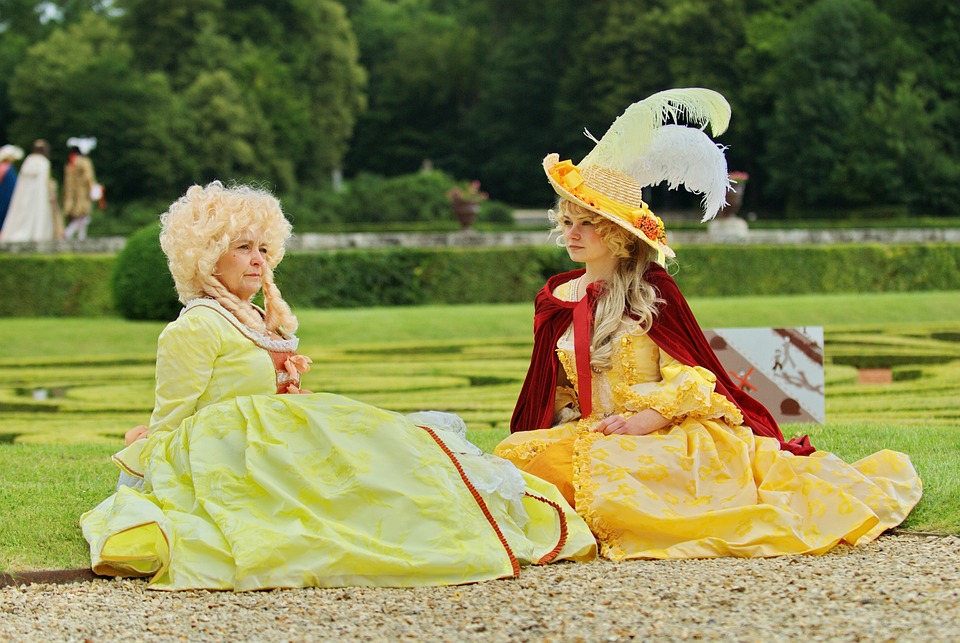Birds, Bees, and Bats: The Feathered Connections Between Insects and Mammals
In the natural world, animals often find themselves connected by intricate webs of relationships. Sometimes, these connections are as unexpected as they are fascinating. Take, for example, the curious case of birds, bees, and bats. These three seemingly disparate groups – birds, being feathered and flying; bees, being insects and hived; and bats, being mammals and nocturnal – might seem like an unlikely trio. However, a closer look reveals a deeper connection that spans millions of years of evolution.
The Sweet Taste of Nectar
Bees, as we know, are responsible for pollinating many of the world’s crop plants. But did you know that birds and bats also play a significant role in pollination? In fact, some species of birds, like hummingbirds and sunbirds, visit flowers to feed on nectar and pollen, just like bees. And bats, with their long, pointed snouts and tongues, are expert pollinators of plants like agave and cacti.
The Feathered Bee
One of the most interesting examples of this connection is the ‘bee-eating’ birds found in tropical regions. These birds, such as the bee-eater family (Meropidae), have adapted to feed on bees and wasps by using their brightly colored plumage and aerial acrobatics to catch their insect prey in mid-air. In return, these birds play a crucial role in controlling bee and wasp populations, keeping these insects in check and maintaining ecological balance.
The Bat Connection
Bats, too, are significant pollinators and seed dispersers. Some species of bats, like the lesser long-nosed bat (Leptonycteris yerbabuenae), migrate thousands of miles each year to feed on nectar-rich flowers in the southwestern United States and Mexico. As they move from flower to flower, they transfer pollen, facilitating plant reproduction and setting the stage for the next generation of plants.
Visualizing the Connection
(Image: A bee-eating bird in mid-air, with a bee just out of reach. Credit: Getty Images)
Frequently Asked Questions
Q: What is the biggest threat to these pollinators?
A: Habitat destruction, climate change, and pesticide use are all significant threats to the survival of birds, bees, and bats.
Q: Can humans support these pollinators?
A: By planting bee-friendly flowers, reducing pesticide use, and protecting natural habitats, we can all play a role in supporting the populations of these vital pollinators.
Q: Are there any conservation efforts in place?
A: Yes, many conservation organizations and governments are working to protect these pollinators and their habitats. For example, the Xerces Society (a non-profit organization) is working to protect pollinators through conservation efforts and education.
Q: What can I do to support these connections?
A: Plant a bee-friendly garden, support local organic farmers, and reduce your use of single-use plastics – all of these small actions can make a big difference in the health of our planet’s pollinators.
In conclusion, the connections between birds, bees, and bats are a fascinating testament to the intricate web of relationships within the natural world. By understanding and appreciating these connections, we can work to preserve the delicate balance of our ecosystem and support the vital work of these pollinators.
Image Credits:
- Getty Images
- Xerces Society
- National Geographic
Caption: A bee-eating bird in mid-air, with a bee just out of reach.



